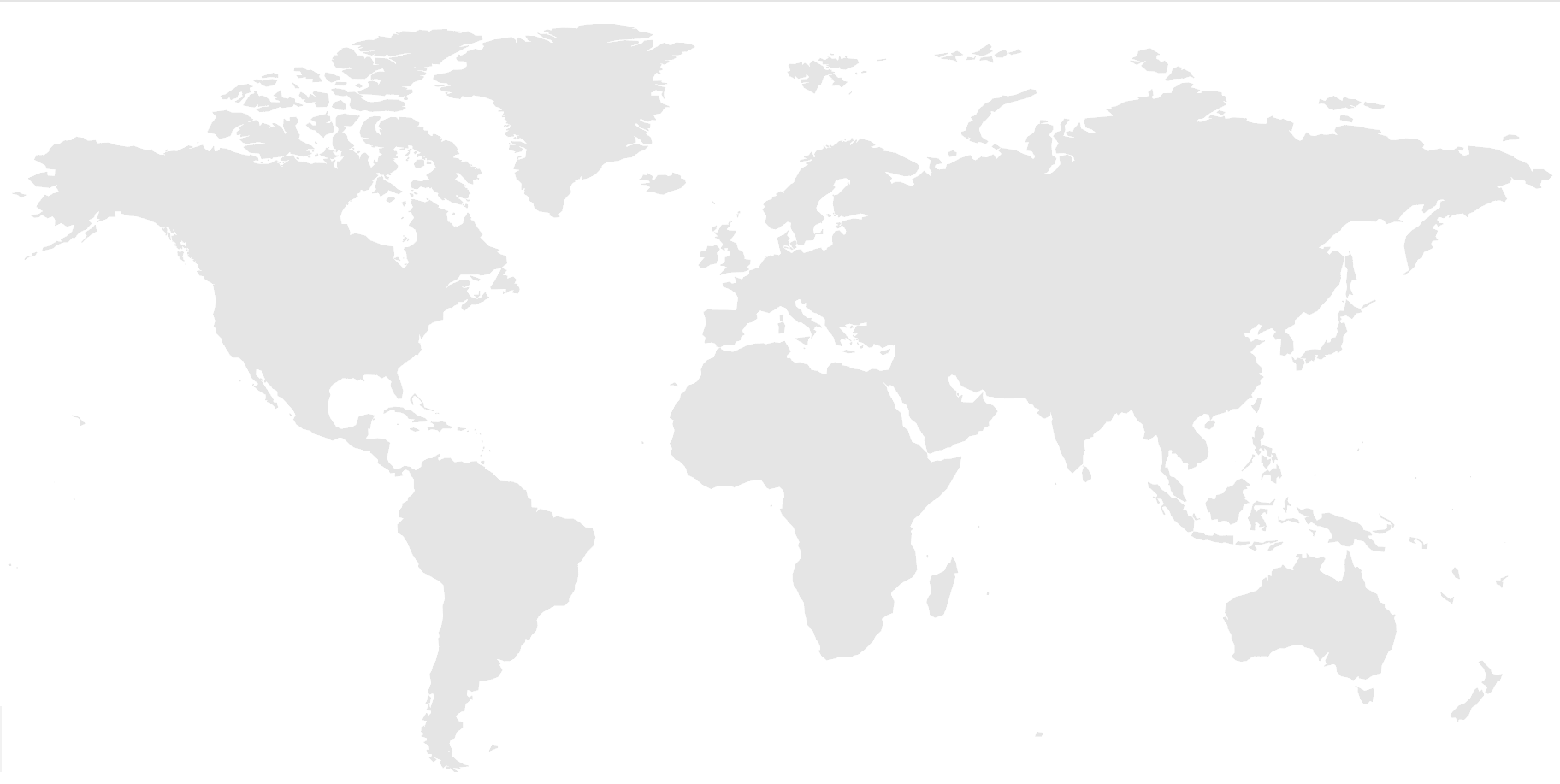
Sustainable Animal Productivity

- Genetic Innovation
- Resilient Agrifood Systems
- Systems Transformation





Challenge
Livestock is a fast-growing, high-value agricultural subsector accounting for 15–80% of GDP in low- and middle-income countries, yet malnutrition remains high in livestock-dependent communities. In Africa and Asia, demand for livestock products is expected to grow 200% by 2030 — an opportunity for hundreds of millions of small- to medium-scale livestock producers to provide nutrient-dense foods for their families, countries and regions.
However, productivity is extremely low: the average milk yield of a cow in sub-Saharan Africa and South Asia is 6% and 12%, respectively, of a cow in an OECD country, and within the production system, yield gaps are high for all species. Value chain governance structures prevent producers fully benefiting from markets and commercializing their farms. Women, who do most of the work caring for livestock, have limited control over resources and decisions, and youth are marginalized from income-generation opportunities and assets. Non-optimal use of livestock genetic potential, lack of quality feeds, and poor animal husbandry and animal health can deplete natural resources and increase greenhouse gas emissions. Livestock producers also face risks from climate change and the COVID-19 pandemic.
Objective
This Initiative aims to contribute to transforming livestock sectors in target countries to make them more productive, resilient, equitable and sustainable.
Activities
This objective will be achieved through:
- Technologies and practices for sustainable livestock productivity: Developing, adapting and testing new and existing technologies and practices across the three main pillars of livestock productivity: improved feed/forages; animal health products; and genetics.
- Innovation for safe consumption of livestock-derived foods: Co-creating innovative models and approaches for social and behavior change communication, and testing and evaluating approaches for incentivizing market actors to enhance the supply of safe, nutritious, and affordable livestock-derived foods.
- Sustainable livestock productivity for gender equity and social inclusion: Understanding the constraints that affect women and youth and identifying opportunities to unlock the empowering potential of livestock business and rearing.
- Competitive and inclusive livestock value chains: Generating evidence on institutional arrangements and technical interventions to transition towards more profitable, inclusive, and sustainable livestock value chains.
- Evidence, decisions, and scaling: Generating and consolidating evidence, models, and tools to support public and private decision-making for a sustainable and inclusive livestock sector.
Engagement
This Initiative will work in Ethiopia, Kenya, Mali, Nepal, Tanzania, Uganda and Vietnam.
Outcomes
Proposed 3-year outcomes include:
- Co-created, demand-driven innovation packages of productivity- and resilience-enhancing, low-emissions technologies, and the institutional arrangements necessary for their adoption, are used by 800,000 people including at least 100,000 people using Initiative-promoted improved forage and food feed crops in households keeping cattle, chickens, small ruminants, pigs and buffalo in the seven target countries, resulting in a 30–50% increase in livestock productivity.
- Private- and public-sector partners invest at least US$30 million in co-creation and co-delivery of novel, low-emissions, demand-driven, gender- and youth-inclusive, and productivity- and resilience-enhancing technologies and practices for genetics, feed-forages and health.
- Six public- and private-sector organizations utilize Initiative-developed social behavior change communication strategies, tools or campaigns targeted at incorporating safe livestock-derived foods into diverse diets to inform nutrition education strategies and campaigns.
- Public and private decision-makers in the seven target countries utilize Initiative-supported innovation packages to inform policies and investments towards an inclusive and sustainable livestock sector, including progress towards equity and inclusion.
Impact
Projected impacts and benefits include:
 |
POVERTY REDUCTION, LIVELIHOODS & JOBS
Adoption of productivity- and resilience-enhancing Innovation packages and participation in inclusive value chains increase sustainable livestock productivity and income, benefiting more than 2.4 million people. New business opportunities and jobs for value chain actors are also created. |
 |
GENDER EQUALITY, YOUTH & SOCIAL INCLUSION
Increased knowledge, capacity and buy-in of actors to facilitate equal opportunities enable around 360,000 women to participate in and benefit from livestock sector transformation. |
 |
NUTRITION, HEALTH & FOOD SECURITY
Increased productivity, better–functioning value chains and nutrition education significantly increase access to safe and affordable livestock-derived foods and their incorporation into diets in recommended quantities, benefiting more than 1.2 million people. |
 |
CLIMATE ADAPTATION & MITIGATION
Increased knowledge, capacity and buy-in of actors to provide producers with low-emissions innovations (e.g. more adapted breeds, better feeds, improved health) enable large gains in productivity, reducing greenhouse gas emissions intensity and benefit more than 1 million people. |
 |
ENVIRONMENTAL HEALTH & BIODIVERSITY
Producers’ adoption of Initiative-supported solutions on 59,000 hectares of land, such as the planting of improved forages, results in improved soil health and fertility, ecosystem services and reduced land degradation. Impacts are also expected from improved manure management and reduced antibiotic residues. |
Projected benefits are a way to illustrate reasonable orders of magnitude for impacts which could arise as a result of the impact pathways set out in the Initiative’s theories of change. In line with the 2030 Research and Innovation Strategy, Initiatives contribute to these impact pathways, along with other partners and stakeholders. CGIAR does not deliver impact alone. These projections therefore estimate plausible levels of impact to which CGIAR, with partners, contribute. They do not estimate CGIAR’s attributable share of the different impact pathways.
Partners
The Sustainable Animal Productivity Initiative has a wide array of demand, innovation, and scaling partners. Partners, stakeholders and scientists co-design the activities at country and work package levels through a series of consultations, some before the submission of the proposal to articulate the demand. Learn more about our partners.
Leadership
- Lead: Isabelle Baltenweck, i.baltenweck@cgiar.org
- Co-lead: Mourad Rekik, m.rekik@cgiar.org
Header photo: A young woman with her goats in Borana, Ethiopia. Photo by Z. Sewunet/ILRI.
